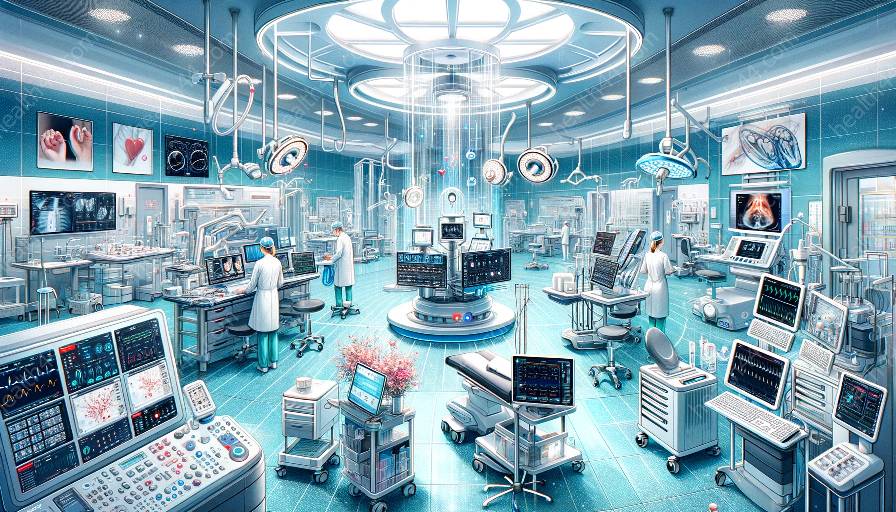Homeostasis is a fundamental biological concept that ensures the body's internal environment remains stable and balanced. It involves intricate mechanisms that regulate various physiological processes, allowing the body to function optimally. This article will explore the principles of homeostasis, its crucial importance in the human body, and its relevance to anatomy and physiology as well as medical devices.
Understanding Homeostasis
Homeostasis can be described as the body's ability to maintain a stable internal environment despite external fluctuations. It involves continuous adjustments and adaptations to ensure that key physiological variables, such as body temperature, blood pressure, and fluid balance, remain within narrow limits. This dynamic equilibrium is essential for the proper functioning of cells, tissues, and organs.
Principles of Homeostasis
Several principles underpin the concept of homeostasis:
- Feedback Mechanisms: Homeostasis is primarily maintained through feedback mechanisms, where regulatory systems monitor physiological parameters and make appropriate adjustments to maintain stability. There are two main types of feedback mechanisms: negative feedback, which works to reverse any deviation from the set point, and positive feedback, which amplifies a response until a specific goal is achieved.
- Cellular Communication: Homeostasis relies on effective communication between cells, tissues, and organs. Signaling molecules such as hormones and neurotransmitters play a crucial role in coordinating physiological responses and maintaining homeostasis.
- Adaptability: The body's ability to adapt to changing conditions is critical for homeostasis. This includes both short-term adjustments, such as sweating to cool the body in response to heat, and long-term adaptations, such as increasing red blood cell production at high altitudes to enhance oxygen delivery.
Importance of Homeostasis in the Human Body
Homeostasis is of paramount importance for the human body due to the following reasons:
- Optimal Functioning: By maintaining a stable internal environment, homeostasis ensures that cells and organs function at their best. This is essential for processes such as metabolism, enzyme activity, and nutrient transport, which are all dependent on precise physiological conditions.
- Health and Disease Prevention: Proper homeostatic regulation is key to preventing imbalances that can lead to various health conditions. For example, maintaining stable blood glucose levels through homeostatic mechanisms is crucial for preventing diabetes.
- Survival: Homeostasis is crucial for the overall survival of an organism. It allows the body to respond to stressors and environmental changes, ensuring that essential physiological functions are maintained even under challenging conditions.
Homeostasis in Anatomy and Physiology
An understanding of homeostasis is integral to the field of anatomy and physiology. It forms the basis for explaining how the body maintains equilibrium and adapts to different stimuli. Key physiological systems, such as the nervous system, endocrine system, and cardiovascular system, are all involved in homeostatic regulation and are extensively studied in anatomy and physiology courses.
Relevance to Medical Devices
Homeostasis has significant implications for the development and use of medical devices. Devices designed to monitor physiological parameters and support homeostatic processes, such as ventilators, blood glucose monitors, and dialysis machines, play a crucial role in managing patients with disorders that impact homeostasis. Understanding the principles of homeostasis is essential for healthcare professionals involved in the design and application of medical devices.


